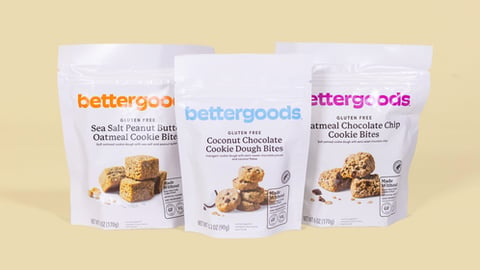Circana: Food and Beverage Dollar Sales to Grow in 2026
Dollar sales of food and beverages in the U.S. are forecast to grow in 2026, but unit volume is expected to remain flat, according to data from Circana.
Growth of between 3% and 5% is expected in the coming year, with volume ranging from -1% to +1% as consumers adopt more value-driven and multifunctional eating habits.
“We’ve observed slowing volume growth in the first half of 2025, with a modest increase of 0.4%,” said Sally Lyons Wyatt, global executive vice president and chief advisor for Circana. “Consumers are prioritizing in-home food and beverage spending while redefining ‘value’ with an emphasis on convenience and functionality. With these evolving behaviors, the CPG industry must strategically identify ways to stimulate demand and remain profitable.”
The prioritization mentioned by Lyons Wyatt comes as consumers continue facing high costs for groceries. Over the past five years, compounded inflation has driven a cumulative 34% rise in average retail food and beverage prices.
Circana officials said there are three key factors that could drive consumer shopping decisions in 2026 and beyond: value, health, and demographic shifts. Value remains increasingly personalized but consistently favors mass, club, and value retailers. E-commerce continues to grow, propelled by advancements from the largest retailers.
Health-conscious behaviors are also reshaping the market. Consumers are prioritizing higher-protein diets, reducing alcohol and snack consumption, and seeking out products with premium, health-driven ingredients.
Meanwhile, tighter budgets among low-income and Hispanic households, coupled with demographic changes such as declining birth rates and slower immigration trends, are influencing broader category performance.
For 2025, Circana anticipates dollar sales growth at 3.2%, price/mix at 3%, and volume gains at 0.2%. While rising prices of select commodities, such as cocoa and coffee, have pushed up retail food and beverage price growth this year, price growth in other categories remains more moderate. Retail volumes continue to grow, albeit at a slower rate than in 2024.




